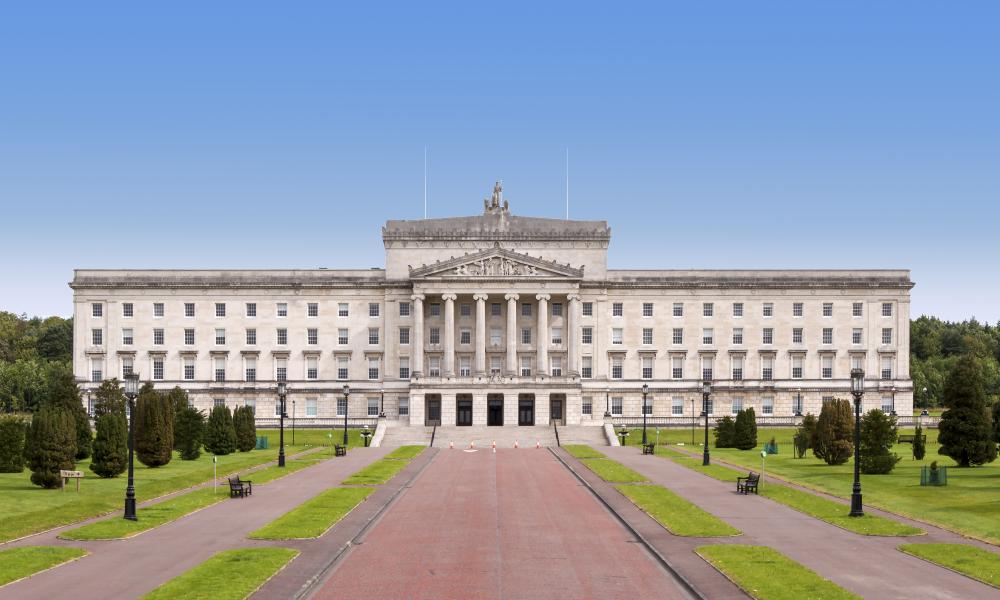
In this blog, Dr Jenny Mack examines Ireland’s new Clean Air Strategy, which could see the development of a Clean Air Act next year, and explores if the new strategy goes far enough to protect public health.
Dr Mack is a Public Health Medicine Consultant at IPH, with a special interest in climate change and air pollution among other public health policy areas.
Why a Clean Air Strategy is so important for public health
Following a public consultation in 2022, the Department of the Environment, Climate and Communications this year published a new Clean Air Strategy for Ireland.
The importance of having an effective, ambitious strategy to address air pollution cannot be overstated. We know that unclean air is associated with around 7 million premature deaths every year across the world, and according to a report jointly published by the British and Irish Heart Foundations, it is linked to around 2,600 annual premature deaths on the island of Ireland alone.
Polluted air harms health at every stage of the life course, even from the earliest stages of life, and increases the burden of long-term illness from effects on the lungs, heart and brain.
The sources of unclean air are also driving climate change, which in this century is considered to be the number one threat to public health. To make matters worse, climate change can actually interfere with natural processes that regulate air quality, which increases the likelihood of more frequent and more severe air pollution episodes.
The World Health Organization (WHO) is clear – there is no safe level of air pollution for human health. The latest WHO global guidelines stand by this position but also provide suggested targets for each pollutant to suppress health harms as far as possible.
In its response to the Clean Air Strategy consultation, the Institute of Public Health (IPH) made a series of recommendations, but the most important, by far, was for Ireland to fully endorse and implement WHO Air Quality Guidelines (AQGs) as soon as possible to protect public health and reduce inequalities.
What the Clean Air Strategy proposes
Firstly, this strategy clearly recognises that current emissions targets in Ireland - set by EU Directives - are not as ambitious as the WHO AQGs. In fact, the strategy commits Ireland to achieve WHO AQGs for major air pollutants, including particulate matter, by 2040 – which is a hugely important development.
Crucially, it also promises the development of a Clean Air Act by the second half of 2024. This is an essential and highly significant move, which will ensure that any commitment to meet WHO AQGs is protected by law.
While this is promising, there is less clarity around what specific policies will be implemented to ensure Ireland reaches these targets, which are highly ambitious and much more stringent than any targets set to date.
Other promising policies have been developed or mooted. The Solid Fuel Regulations (October 2022) is an example of how Ireland aims to reduce emissions from the most polluting fuels while the new Clean Air Strategy also refers to other possible policy options, such as, the piloting of Low Emissions Zones.
What is missing, however, is clarity on how Ireland intends to curb emissions from industries that hold a major share of greenhouse gas emissions, such as agriculture. The strategy does not make any suggestion of reducing livestock numbers or supporting a national transition to a more sustainable food system, for example.
The strategy also fails to address indoor air pollution or the impact of tobacco products on air quality; both of which are of paramount importance to public health and highly relevant to any Clean Air Strategy.
Indoor air pollution is considered outside of the Department’s remit but to exclude it entirely from the strategy is a major omission. Whether the source is fuel burning appliances, tobacco products, mould or damp, indoor air pollution exacerbates health inequalities – in particular for children, those with disabilities, older people and lower socioeconomic groups, who may have less opportunity to change their surroundings and be more vulnerable to the health impacts.
On a positive note, the strategy commits to establishing a Cross Government Air Quality Implementation Group, which may provide a mechanism to ensure these policy areas are included, integrated, and prioritised as key components of strategy implementation.
The bottom line
Ireland’s Clean Air Strategy is a promising start, but the road ahead is uncertain, in particular given the scale of the challenges we face from air pollution and the climate crisis.
If Ireland fully commits to achieving the WHO AQGs and embeds these targets in law through the development of a Clean Air Act, this will be a major achievement for the country, its citizens, and for public health.
However, the development of any legislation is likely to be vulnerable to challenge from polluting industries with a vested interest, who will no doubt want to water down the WHO targets. Policies to curb air pollution are also heavily politicised, as we have witnessed through the recent controversy surrounding London’s Ultra Low Emissions Zones (ULEZ) following by-elections in England.
A missed opportunity is also presented, if we cannot adopt a harmonised, transboundary approach to tackling air pollution on the island of Ireland, which remains doubtful in the absence of an Executive or a clean air strategy for Northern Ireland.
Whilst WHO Air Quality Guidelines will undoubtedly be challenging to achieve and will require fundamental changes to how society operates, continuing with the status quo is simply no longer an option.
With current policies, global temperature rises are projected to reach over 3°C by the end of the century - a rise that far exceeds the 1.5°C limit set by the Paris Agreement - and significant numbers of people will continue to die prematurely from the effects of breathing unclean air.
What is important now, is that this strategy is used as a lever to create long-lasting policy changes to improve the air we breathe - not just for our health, but the health and wellbeing of future generations.
Links
WHO Global Air Quality Guidelines 2021: WHO global air quality guidelines: particulate matter (PM2.5 and PM10), ozone, nitrogen dioxide, sulfur dioxide and carbon monoxide
Air Pollution and Mortality on the island of Ireland: Air-Pollution-and-Mortality-on-the-Island-of-Ireland-Report.pdf (irishheart.ie)
Health Matters: Air Pollution Health matters: air pollution - GOV.UK (www.gov.uk)
World Health Organization: How air pollution is destroying our health (who.int)
Download IPH's 2022 response to the consultation on the Clean Air Strategy for Ireland here.


